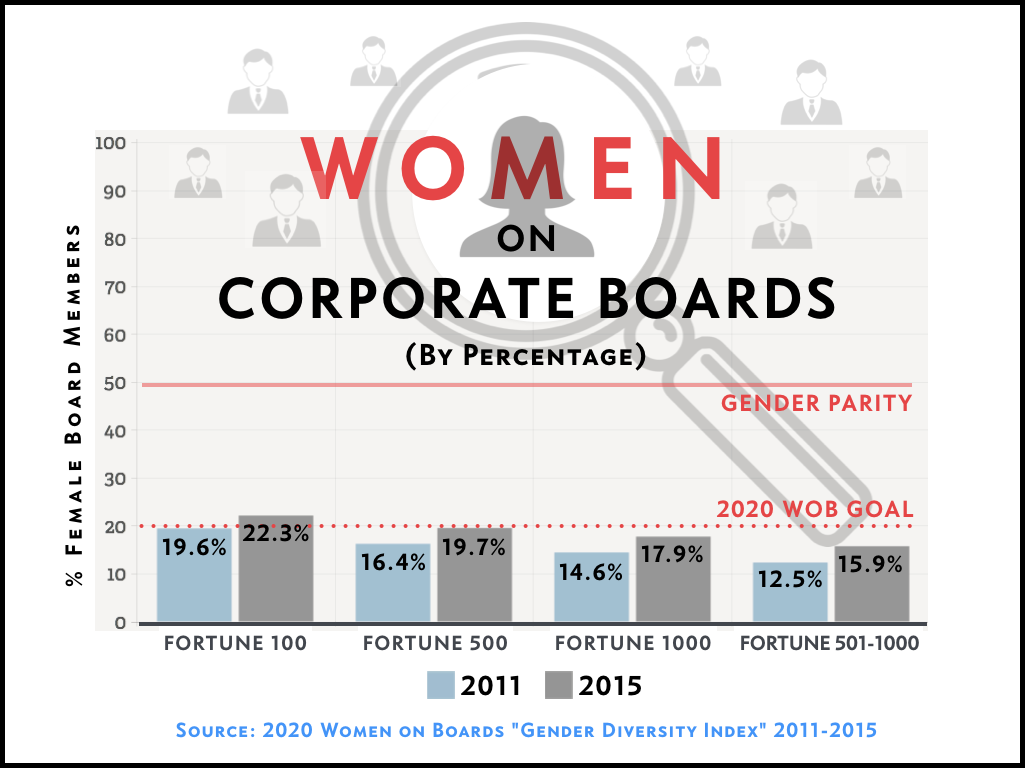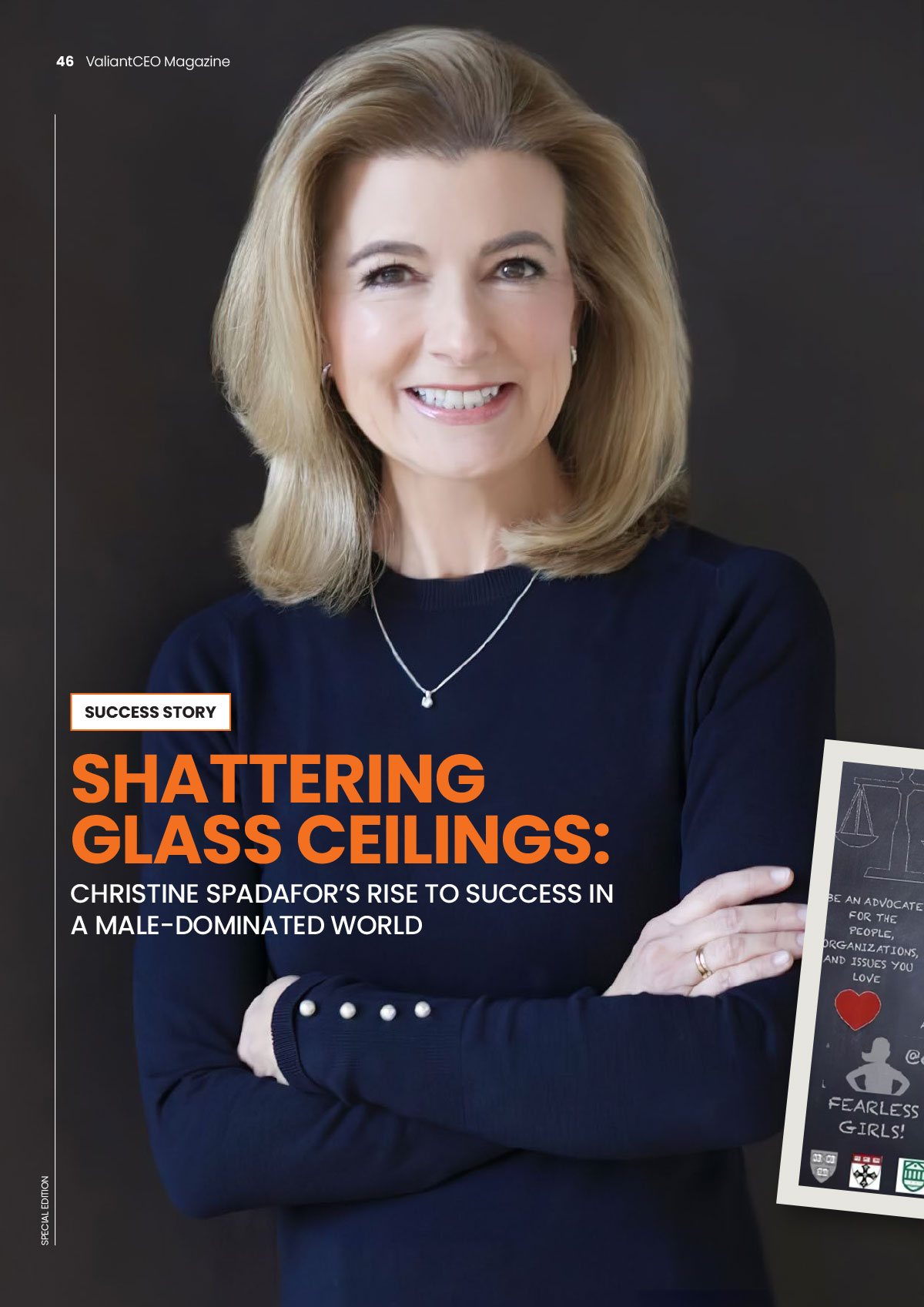A “Lack Of Qualified Women”? Misperceptions On Gender Diversity
Board diversity and governance issues have been the subject of considerable discussion and scholarship in recent years, and deservedly so. These crucial topics are at the heart of laudable efforts to make organizations more inclusive, more transparent, and more representative of our interconnected society and evolving business environment.
When I recently was elected Chair of the Governance and Nominating Committee for a NYSE-listed company (Boyd Gaming Corporation) I set out to do some homework. Specifically, I wanted to know more about current board diversity practices among U.S. publicly traded companies, including diversity in board leadership positions.
Diversity on boards is a broad topic — including, but not limited to, ethnic diversity and gender diversity. I chose to focus my research on gender diversity — a focal point for analysis and reform. What I found, however, is that gender diversity studies yield a range of results for the representation of women on boards. Why the variance? Because different analyses begin with databases of disparate cohorts — S&P 100, S&P 500, Fortune 250, Fortune 500, Fortune 1000, Russell 3000, etc. These non-standard data comparisons frustrate a comprehensive, apples-to-apples comparison regarding the percentage of female board members of America’s publicly traded corporations.
Even with this inconsistent statistical data, however, one trend is evident: The growth of women on U.S. boards — approaching a national average of approximately 20% — “remains stagnant”.*
(*2016 Global Board of Director Survey by Harvard Business School, WomenCorporateDirectors Foundation, and Spencer Stuart.)
Why the still-sluggish growth in female board representation? The 2016 Global Board of Directors Survey suggests that the explanations for low female representation offered by male directors are in stark contrast to the perceptions of female directors. Female directors believe that gender diversity is simply not a priority when boards seek to fill a vacancy. Male directors (particularly older men), on the other hand, explain that the board gender gap discrepancy is due to a “lack of qualified female candidates”.

A “lack of qualified female candidates”? The reality is otherwise.
Any boards in search of female candidates need only contact organizations that are bursting at the seams with qualified, experienced and talented women deemed to be “board ready.” DirectWomen is one such organization — and I am proud to be a long-time member. Women in the Boardroom is another noteworthy source for board candidates. The Interorganization Network is a national consortium with a mission to increase the number of women on corporate boards; the 30% Club seeks to reach 30% female representation on boards; and the Alliance for Board Diversity focuses on strengthening shareholder value through the inclusion of women and minorities in corporate boardrooms. For those companies truly committed to gender diversity on boards, qualified female candidates are out there…and ready for your call.
Well-run companies with strong leadership are serious about diversity — in their workforce, in their management teams, and in their boardrooms. 2020 Women on Boards, a well-regarded advocacy group in this field, maintains an “Honor Roll” — recognizing America’s leading companies in board diversity. These awards go to a group of 201 U.S. corporations with a five-year history of at least 20% female board directors. I am proud that the board on which I serve (Boyd Gaming Corporation) is listed on this Honor Roll, and I encourage other boards to follow the example of these forward-thinking organizations.
As I dug more deeply into the board gender research, my curiosity grew. Given the small (and scarcely growing) representation of women on U.S. corporate boards, I couldn’t help but wonder: “What percentage of these female board members has been elected to board leadership positions?”
It turns out that the board on which I serve belongs to a small minority — only 14% — of U.S. publicly traded companies with a female chair heading a Governance and Nominating board committee. And the percentages decline from there: The percentage of female chairs of Audit Committees is only 12.5%; and the percentage of female chairs of Compensation Committees is lower yet at 10.9%. (Harvard Business School B4B research of 2015 reports by Ernst & Young; Deloitte; and Catalyst, a nonprofit organization advocating for women in leadership roles. As above, analyses of different cohort databases yield non-comparable percentage results, so direct comparisons afford only approximate results.)
And the lowest female leadership percentage is for Board Chairs. In 2015, Deloitte’s “Women in the Boardroom: A Global Perspective” survey (of 2,806 U.S. companies) found that only 3.4% of the Chair positions were held by women.
The overall results of these studies speak for themselves: Not only is there a challenge for women to secure a position on a U.S. publicly traded board — but once in the boardroom, they are under-represented in leadership positions. So let’s be clear: Gender balance on boards needs to remain a topic of discussion. More importantly, however, these discussions must result in action.
Qualified women board candidates are out there. And the numbers have spoken: When it comes to gender equity on publicly traded boards, America still has a ways to go.




